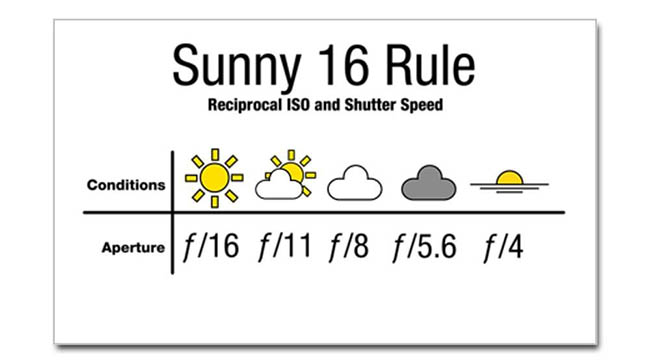
When a wedding photographer gets asked why they use flash in scenes it primarily is a stylistic/artistic choice, until it starts becoming a necessity for maximizing dynamic range. Similarly, wedding cinematographers find it critical to use ND filters in order to control their exposure and maintain an artistic aperture.
[REWIND: HERE’S WHY YOU SHOULD USE AN ND FILTER FOR YOUR PORTRAITS]
Why do you need nd’s as a wedding videographer?
Solid state image sensors have matched or surpassed film in a lot of ways, including light sensitivity, responsiveness to shadow detail, and overall dynamic range, but that doesn’t mean that chips aren’t susceptible to certain problems previously avoided by the nature of emulsion. If you desire any artistic control of the exposure of your footage, it is high time you invest in an ND filter for your camera.
Traditionally, with a DSLR you create images based on the exposure triangle, however cinematographers have one less variable that they can control: shutter speed. You must keep your shutter speed at double the frame rate, so if you are shooting at a frame rate of 24 fps, you need to be at least 1/50th of a second. At faster shutter speeds the footage will have jarring effects but at 1/50th you now suffer from an overexposed shot – that’s where the ND filter comes into play.
what difference does it make?
We’ve discussed the importance of using ND filters in portraiture but what difference would an ND filter make for camera footage?
Without an ND
At a high shutter speed of 1/8000th of a second your exposure may look right in camera but what are you risking in return? For example, during the bride and groom’s first look you don’t want to be at such a high shutter speed to avoid this from happening:

Sometimes you may stylistically intend for your footage to have this jarring effect so using faster shutter speeds such as open dance floor scenes or heavy-action based footage, but the effect isn’t so visually pleasing to the human eye. If you are familiar with the Sunny 16 Rule, you’ll also understand that artistically being at f/16 to compensate for the bright noon sun decreases the quality of your footage.
With an ND
The untrained eye will most likely be unable to see the difference between the two but it is critical for wedding cinematographers to understand the necessity of having one.
Take for example this scene above. You’ll see the left side was filmed with a Syrp Variable ND filter while the footage on the right is without. You can see a noticeable difference in the movement which makes the left side footage more pleasing to the eye.
which nd filter should you buy?
For harsh lighting situations we recommend a 4-6 stop fixed ND filter but a variable ND also does the job especially for rapidly changing weather conditions (cloudy days, overcast, etc.):
- Tiffen 77mm IR Variable Neutral Density Filter
- Tiffen 67mm Water White IRND 1.2 Filter (4 Stop)
- Tiffen 67mm Water White IRND 1.8 Filter (6 Stop)
One thing to keep in mind when shopping for ND filters is to not risk quality in order to save a couple of bucks. Cheaper brand ND’s tend to have a green or magenta shift in color and therefore tint your images and reduce the quality of the original image.
Join PremiumTo see more on the importance and necessity of ND filters for portrait & landscape photographers check out Lighting 201 in the SLR Lounge store or SLRL Premium.




Get Connected!